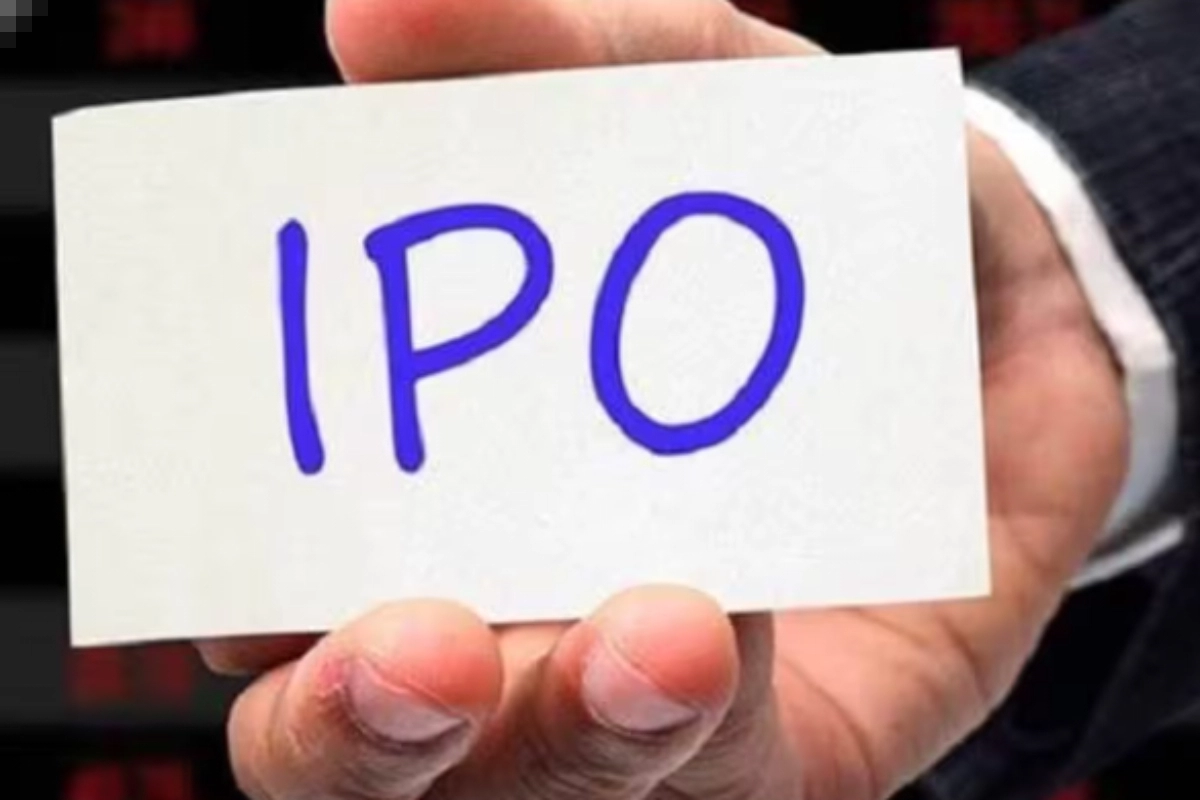IPO investment: The performance of the big initial public offerings (IPOs) that were launched this month was largely responsible for the Indian stock market reaching an all-time high. The biggest initial public offerings (IPOs) of the year were Tate Technologies and Mankind Pharma, which gained attention for their outstanding results and rising stock prices. On the other hand, you ought to be aware of what an IPO is if you are new to the stock market.
Transition to Public Ownership
The process by which private companies first make their shares available to the general public through the stock market is known as an initial public offering (IPO). An IPO is advantageous to a business because it allows them to raise capital for much-needed improvements to the company and boost their market capitalization.
Public Transition Post-IPO
A private company becomes public after issuing an IPO, meaning that the equity shares of the company are owned by the general public. A large amount of money is thought to be raised for the company’s growth through an IPO. The number of times the public has purchased company shares is referred to as the subscription in relation to an initial public offering (IPO). In the event that the company is selling 1000 equity shares and receives bids for 2000 shares, it indicates that there have been two subscriptions to the issue.
IPO Allocation and Lot Size
Not every bidder will be able to acquire a piece of the company because there are only 1000 spots available for the IPO. We refer to this as IPO allocation. The company releases the allotment list following the conclusion of the IPO dates. The company set the lot size and share price for subscribers ahead of the IPO dates. The bare minimum of shares that an investor must purchase to guarantee his equity in the business is known as the lot size.
Importance of IPO Subscription Status
The subscription status of an initial public offering is one of the most important aspects of the offering. As previously mentioned, an issue’s “IPO subscription” is the total number of times the public has subscribed to it. Your investment in an issue is indicated by your IPO subscription status. In the case of large corporations, the subscription typically doubles or triples the issue size on the first day. The term “subscription status” refers to the likelihood of obtaining a share of the business.
Understanding IPO Allotment Process
The IPO allotment is relevant in this situation. You won’t find out if you’ve been given any company shares or not until a few days have passed after you make the investment. Typically, the day following the issue’s closure is the IPO allotment day. The money will be returned to you if no shares have been assigned to you. If not, your demat account will be credited with the company’s shares. The distribution of a company’s shares is under the purview of the IPO registrar.
Understanding IPO Issue Price
The price at which the company’s shares will be sold prior to the start of trading on the public exchange is known as the issue price of an initial public offering. The offering price is another name for the issue price. The issue price and the price band, however, differ significantly. The price range of the shares that subscribers may bid on is known as the initial public offering (IPO) price band. The issuer and the company determine the price range, and the price may vary depending on the kind of investor. This implies that the price set for retail investors and the price qualified institutional investors will pay will differ.
Decoding Grey Market Premium (GMP)
An indication of what to expect from an IPO can be found in a company’s grey market premium (GMP). Prior to the IPO being listed on the stock exchange, the company releases its GPM. The premium is calculated as the difference between the issue price set by the company and the price at which shares are traded on the black market.
Choosing the Right Platform for IPO Investments
Having an account with a brokerage or mobile app that manages IPO orders is the main consideration when purchasing an initial public offering (IPO). During an IPO, a buyer may also purchase through their stock broker or the underwriter, which is the bank in charge of the offering. In addition, you must have a demat account with any of the brokerages that host the most IPO orders in India, including Zerodha, SBI Securities, HDFC, and others.
Weighing the Pros and Cons of IPO Investments
The main benefit of an IPO is that it helps the business raise a sizable amount of capital, giving it the opportunity to grow. As the business expands and its revenue rises, driving up the share prices, the subscriber can see healthy returns on their investment. Investing in an initial public offering (IPO) has the drawback that the investment is frequently large and hazardous. Companies determine the IPO’s lot size and share price, requiring subscribers to make a sizable lump sum investment. Furthermore, since there is no guarantee of a set return, the risk factor is the same as it is for investing in any company on the stock market.
Keep watching our YouTube Channel ‘DNP INDIA’. Also, please subscribe and follow us on FACEBOOK, INSTAGRAM, and TWITTER
